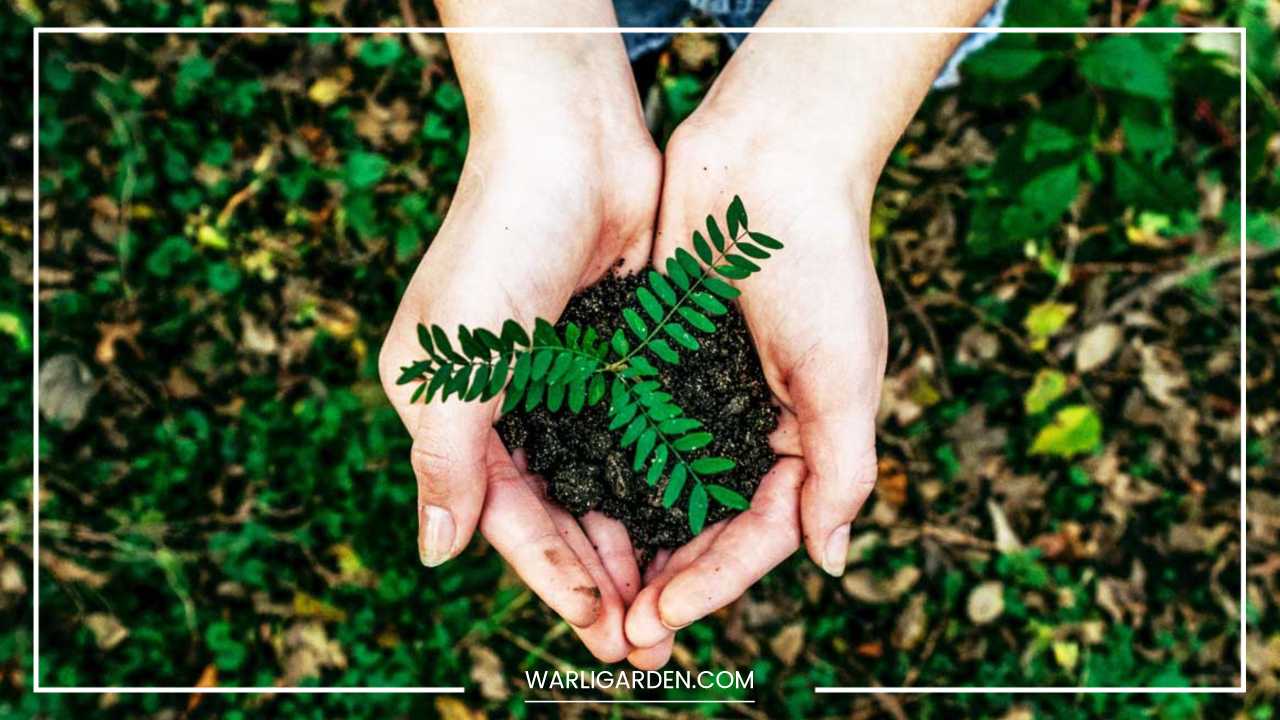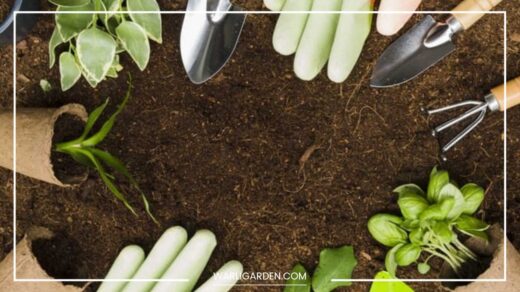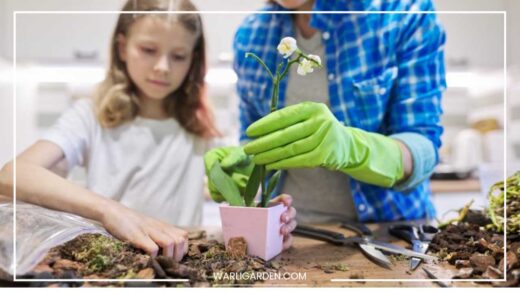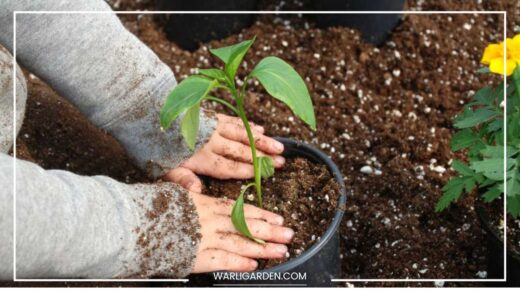What is a Rooting Agent?

Rooting Agent
What is a Rooting Agent? A Gardener’s Guide to Successful Propagation
Have you ever been captivated by a friend’s thriving philodendron or marveled at the vibrant colors of a neighbor’s rose garden? Perhaps you long to cultivate a lush indoor jungle or establish a fragrant haven of blooming roses on your patio.
The good news is, achieving these horticultural dreams doesn’t always require a trip to the nursery. With the magic of rooting agents, you can unlock the power of plant propagation – essentially, growing new plants from cuttings taken from your existing favorites!
This comprehensive guide delves into the fascinating world of rooting agents. We’ll explore their science, delve into the different types available, and equip you with the knowledge to confidently use them for successful plant propagation in your own home.
Unveiling the Power of Rooting Agents
A rooting agent is a substance, either synthetic or natural, that acts as a catalyst for root development in plants.
These agents are most commonly used on plant cuttings – sections of stems, leaves, or even roots – taken from a healthy parent plant.
By stimulating root growth, rooting agents significantly increase the chances of a cutting successfully establishing itself as a new, independent plant.
There are two main categories of rooting agents, each offering distinct advantages:
-
Synthetic Rooting Hormones: These commercially available products mimic auxin, a naturally occurring plant hormone that plays a critical role in root initiation and development. They typically come in powder, liquid, or gel form, and can significantly accelerate and enhance root growth, especially for plants with notoriously low rooting success rates.
-
Natural Rooting Agents: These alternatives harness the power of nature to promote root development. Often derived from readily available materials like willow branches, honey, or cinnamon, they offer a more organic approach to plant propagation. While generally less potent than their synthetic counterparts, natural rooting agents can be a good option for beginners or those seeking an eco-friendly solution.
The Science Behind the Magic: How Rooting Agents Work
Plant growth is a complex symphony orchestrated by a diverse range of hormones. Auxin, in particular, plays a starring role in the formation and development of roots.
When applied to the cut end of a stem or leaf, synthetic rooting agents containing auxin-like compounds trigger a cascade of cellular changes. These changes stimulate the differentiation of undifferentiated plant cells into root initials, the precursors to actual roots.
Essentially, the rooting agent “tells” the plant to focus its energy on root development, giving the cutting a strong head start in its journey to becoming a new plant.
Natural rooting agents work in a somewhat different way. They often contain beneficial bacteria, vitamins, or minerals that indirectly support root growth by promoting healthy plant tissue and preventing decay.
Some natural options, like honey, also possess mild anti-fungal properties, protecting cuttings from potential pathogens that could hinder root development.
Reaping the Rewards: Benefits of Using Rooting Agents
There are numerous advantages to incorporating rooting agents into your plant propagation endeavors:
- Boosted Success Rates: Rooting agents can significantly improve the chances of a cutting successfully developing roots. This is particularly beneficial for plants that are notoriously difficult to propagate from cuttings, such as woody shrubs or certain succulents.
- Accelerated Rooting: By stimulating root growth, rooting agents can significantly shorten the time it takes for cuttings to establish themselves. This allows you to enjoy the satisfaction of witnessing your new plants flourish sooner.
- Enhanced Root Systems: Rooting agents can help cuttings develop stronger root systems, leading to healthier and more vigorous plants in the long run. A robust root system not only allows for efficient water and nutrient uptake but also provides better stability and anchorage for the plant.
- Cost-Effective Propagation: Propagating your own plants using rooting agents is a cost-effective way to expand your collection or share your favorite varieties with friends and family. Instead of purchasing new plants, you can create multiple new ones from a single healthy parent plant.
Selecting the Perfect Partner: Choosing the Right Rooting Agent
With a multitude of rooting agents available, selecting the right one for your plant propagation project depends on several key factors:
- Plant Type: Different plants have varying degrees of rooting difficulty. Some, like herbs and many houseplants, root readily with minimal encouragement. Others, like certain fruit trees or conifers, require a stronger boost from synthetic auxin-based rooting agents. Researching the specific rooting needs of your chosen plant will guide your selection.
- Your Experience Level: If you’re a novice gardener venturing into the world of plant propagation, natural rooting agents might be a good starting point. They’re generally easier to find, less likely to cause harm if used incorrectly, and offer a gentle nudge towards root development. However, for more experienced gardeners or for notoriously difficult plants, synthetic rooting agents can provide a significant advantage.
- Availability: Synthetic rooting agents are widely available at most garden centers and online retailers. They come with detailed instructions for use, ensuring proper application. Natural rooting agents might require a bit more effort to source. However, the good news is that some common household items like honey or cinnamon can be surprisingly effective with minimal preparation.
Mastering the Art: Practical Tips for Using Rooting Agents Effectively
Now that you’re equipped with the knowledge of what rooting agents are and how they work, let’s delve into the practicalities of using them effectively for successful plant propagation:
- Selecting the Right Cutting: The foundation of successful propagation starts with choosing healthy, actively growing plant material. Select a stem or leaf that is firm and free of pests or diseases. Ideally, choose a stem with a few nodes (the bumps where leaves or branches join the main stem) as these areas tend to concentrate auxins and promote root growth.
- Making a Clean Cut: Use a sharp knife or pruners that have been sterilized with rubbing alcohol to prevent the spread of disease. Make a clean, angled cut just below a node on the chosen stem. This angled cut provides a larger surface area for root development.
- Preparing the Potting Mix: A well-draining potting mix is crucial for successful rooting. Standard potting soil can be too dense and retain too much moisture, potentially leading to rot. Opt for a soilless mix specifically formulated for propagation. These mixes are typically light and airy, allowing for proper aeration and drainage while still retaining some moisture.
- Applying the Rooting Agent: Follow the specific instructions for your chosen rooting agent. For synthetic options, this typically involves dipping the cut end of the stem for a few seconds into the powder, gel, or liquid rooting hormone. For natural options like honey, you can dilute it slightly with water and dip the cut end of the stem into the solution.
- Planting the Cutting: Make a hole in the center of your prepared potting mix that’s deep enough to accommodate at least half of the cutting’s length. Gently insert the cutting into the hole and firm the mix around the base to ensure good contact.
- Providing Optimal Conditions: Most cuttings require consistently moist but not soggy soil. Water the potting mix thoroughly after planting and then water regularly to maintain moisture levels. A humidity dome placed over the pot can help create a mini greenhouse environment that promotes root growth. Many cuttings also benefit from indirect sunlight and warm temperatures, ideally around 70-75 degrees Fahrenheit.
- Patience is Key: Rooting takes time. Resist the urge to constantly check on your cuttings. Depending on the plant and the rooting agent used, it can take several weeks or even months for roots to develop. Be patient and maintain the proper growing conditions.
Beyond the Basics: Advanced Techniques for Experienced Propagators
For experienced gardeners seeking to push the boundaries of plant propagation, here are a few advanced techniques that can be used in conjunction with rooting agents:
- Bottom Heat: Applying gentle bottom heat to the base of the pot using a heat mat can significantly accelerate root development, particularly for temperature-sensitive plants.
- Leaf Propagation: While not all plants can be propagated from leaves, some, like African violets and succulents, can be successfully grown using this technique. Natural rooting agents like cinnamon powder can be dusted on the cut end of a healthy leaf petiole (the stalk connecting the leaf to the stem) before planting it in a moist medium.
- Grafting: This technique involves joining the vascular tissues of two different plant parts, typically a desirable scion (upper part) onto a more robust rootstock (lower part). Rooting agents can be applied to the cut surfaces of the scion and rootstock to promote successful graft union.
A World of Possibilities: Exploring Different Types of Rooting Agents
Having explored the two main categories of rooting agents – synthetic and natural – let’s delve a little deeper into some of the specific options available within each category:
-
Synthetic Rooting Hormones: These come in various formulations, including:
- IBA (Indole-3-butyric acid): A broad-spectrum auxin-based rooting hormone that is effective for a wide range of plants.
- NAA (Naphthalene acetic acid): Another auxin-based option, NAA is often used for root development in softwood cuttings.
- Synthetic Auxin Mixes: Many commercial rooting agents combine different synthetic auxins for broader effectiveness.
-
Natural Rooting Agents: While less potent than their synthetic counterparts, these natural alternatives offer a gentle approach to plant propagation. Here are a few popular options:
- Willow Water: Made by soaking willow branches in water, willow water contains natural salicylic acid, which can stimulate root growth.
- Honey: This readily available kitchen staple possesses mild rooting hormone properties and antifungal benefits. Dilute honey slightly with water to create a solution for dipping cuttings.
- Cinnamon: Ground cinnamon powder can be dusted on the cut end of a stem to promote root growth and deter fungal infections.
- Aloe Vera Gel: The soothing properties of aloe vera gel extend to plant propagation. Apply a thin layer of gel to the cut end of the stem before planting to promote healing and stimulate root development.
Troubleshooting Common Challenges: Ensuring Rooting Success
Even with the best intentions and the use of rooting agents, there can be occasional hiccups in the plant propagation process. Here’s how to address some common challenges:
- Rotting: This is often caused by excessive moisture. Ensure your potting mix is well-draining and water only when the top inch of soil feels dry to the touch.
- Slow Rooting: Patience is key! Some plants simply take longer to develop roots than others. Maintain proper moisture and growing conditions, and resist the urge to disturb the cutting.
- No Root Development: If after a significant amount of time, there’s no sign of root growth, the cutting might not be viable. Start fresh with a new cutting and ensure you’re following proper propagation techniques.
Final Thoughts: The Rewarding Journey of Plant Propagation with Rooting Agents
The world of plant propagation offers endless possibilities for creating new plants and expanding your horticultural horizons.
By understanding the science behind rooting agents, selecting the right option for your chosen plant, and following proper techniques, you can unlock the magic of growing new life from existing favorites.
So, grab your pruners, choose a healthy plant, and embark on the rewarding journey of plant propagation with the helping hand of rooting agents!
This comprehensive guide has equipped you with the knowledge and practical steps to successfully propagate your own plants.
Remember, with a little patience, the right tools, and the magic of rooting agents, you can transform a single cutting into a thriving new plant, bringing a touch of nature’s beauty into your home or garden.


